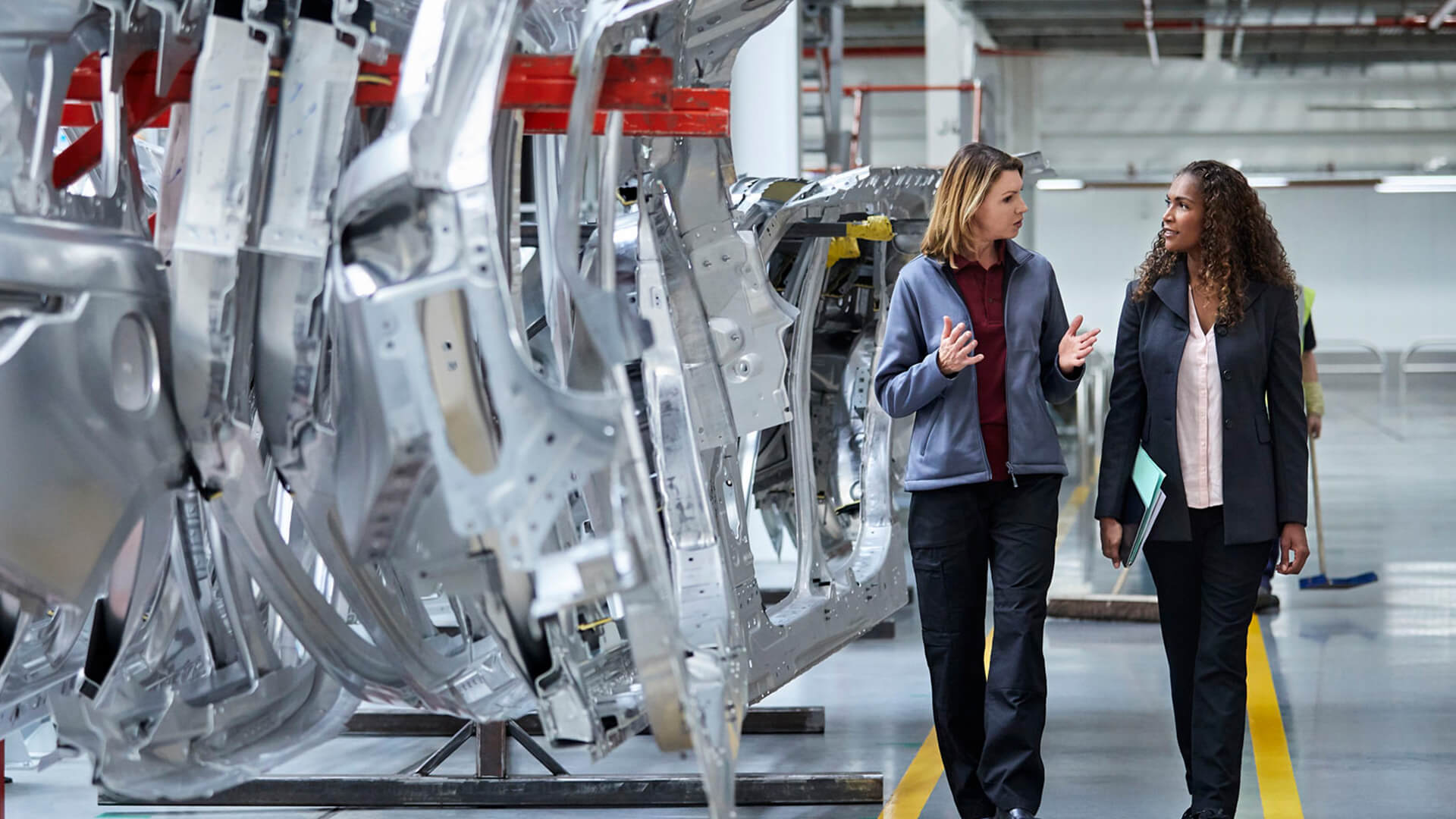Why the Culture of Safety in the Workplace Matters Now
A commitment to safety takes more than just checking items off a list. Developing a culture that respects individual and operational safety is an essential and defining aspect of your organization’s health and reputation.
Promoting the Importance of Safety at the Workplace Is Everyone’s Business
Industries like construction — where risks are more visible and consequences more immediate — serve as high-stakes examples of what’s at risk when safety culture isn’t prioritized.
For construction managers, project leads, and health and safety professionals, building a strong safety culture is a responsibility that impacts every phase of a project. However, attention to safety is important in every industry and every work environment.
A strong safety culture reflects your company’s values and promotes employee morale, well-being and retention.
Four Factors Driving Modern Safety Culture
Rising costs, advances in monitoring technology, a new generation of workers and evolving regulations are changing the requirements and expectations for safety at the workplace and corporate safety.
1. The Human and Financial Toll of Safety Failures
Work-related deaths and injuries can be extremely costly on many fronts for employers and their staff. Direct and indirect costs of workplace accidents can include:
- Productivity losses
- Time lost by injured workers and those who are indirectly affected
- Legal and medical expenses
- Time and money spent investigating incidents, writing injury reports and performing other post-incident tasks
- Damage to facilities, vehicles and equipment
With many of our clients, we’re seeing that lapses in safety can also push valued employees to leave the company in search of a new job where a company may better value their safety.
2. Transparent Safety Logistics Demand Commitment
Any organization that prioritizes employee well-being and operational efficiency can benefit from measuring, monitoring and evaluating their overall safety performance.
Companies are looking at Total Recordable Incident Rates (TRIR), Lost Time Injury Frequency Rates (LTIFR), Employee Safety Perception Surveys and other key safety performance indicators that help promote a safe and healthy workplace.
Fatigue monitors and other wearables, as well as digital reporting systems, have made real-time safety performance visible to employees, customers, partners and regulators.
Companies can no longer hide poor practices behind closed doors. Routine monitoring and reporting of safety KPIs elevate accountability and make a strong safety culture essential to staying competitive in any industry.
3. Changing Workforce Expectations
Today’s workforce is changing. Seasoned employees are retiring, creating opportunities for the next generation of talent with a new mindset.
Many Gen Z and millennial workers are looking to avoid the burnout they watched their parents endure. They’re seeking employers who promote well-being as a core value — not just a perk.
Building a safety culture today means more than just trying to ensure that everyone returns home safely at the end of the workday. The incoming generation is looking for employers with healthy cultures that provide mental health support and have clear boundaries around work and life. They could avoid or leave organizations that don’t deliver on these values.
Adapting to these expectations of physical and mental safety is critical to maintaining team engagement and retaining talent in today’s changing workplace.
4. Evolving Regulations Across Sectors
Industry-specific regulators are expanding oversight, tightening rules and increasing penalties for noncompliance.
For example, many of Actalent’s clients are now adjusting to new OSHA requirements for high-hazard employers with 100+ workers to submit detailed injury logs annually for public view. A single OSHA violation costs more than $16,000, with repeat offenses exceeding $160,000. Failure to comply can be expensive.
To comply with the regulatory bodies that oversee them, companies must shift to a preventive approach that prioritizes training and preparation instead of trying to improve their response to incidents after they happen.
Safety Snapshot: Construction and Engineering Industries
Project administrators, field superintendents, quality managers and other leaders in construction and engineering must manage risk while leading with best-in-class safety practices. Any organization can learn from the challenges these high-hazard industries face every day.
A High-Hazard, High-Visibility Environment
Construction and engineering projects take place in hazardous environments. An organization’s safety culture might also need to extend to various contractors, subcontractors, trades and disciplines working on the project or just visiting the site.
The challenges of working in high-hazard environments illustrate what’s at stake when a safety culture is weak — and what’s possible when it’s strong.
Labor Shortages and Skill Gaps Increase Risk.
Tenured professionals are retiring in record numbers, leaving behind` gaps in knowledge and a shrinking pool of qualified mentors. More than 75% of construction contractors report difficulty filling positions, which raises safety risks as it forces them to rely on sometimes inexperienced workers.
The increasing reliance on undertrained hires amplifies the need for safety training and strong onboarding into a healthy safety culture.
Project Complexity Drives Risk and Demands Cooperation
Many of today’s construction and engineering projects involve expansions, brownfield projects, retrofits and phased upgrades that are conducted while regular operations continue. Aging infrastructure, demolition hazards and tighter project timelines raise the stakes and increase the potential for injury.
Integrated safety cultures help ensure that all involved are aligned and informed. A siloed approach to safety can cause confusion, mistrust or dangerous overlap.
The Business Value of Getting Safety Right
Protect People to Preserve Performance
Safety saves more than lives. Companies with poor safety records might view following best practices as unnecessary and avoidable expenses. However, organizations with strong safety cultures can benefit from lower insurance costs, fewer delays and better performance metrics.
Positive safety records can also help win contracts, especially in highly regulated industries. We’ve seen organizations with a strong reputation for safety also benefit from enhanced employee loyalty and customer trust.
Avoid the Cost of Catch-Up
Developing and maintaining a safety culture can be expensive. But investing in building a safety culture proactively offers long-term ROI in cost savings, workforce stability and even sometimes a competitive edge in business.
Organizations that make safety a priority can avoid costly production delays while attracting top-tier talent in an extremely competitive hiring environment.
How Actalent Can Help Strengthen Workplace Safety
Tailored, Scalable Safety Expertise
Actalent can connect you with experienced contract talent who specialize in building high-trust, high-performance safety environments.
From compliance specialists and auditors to safety managers and consultants, our safety experts can assess your current safety policy programs and identify opportunities for improvement. We can also help you build a safety program from the ground up or refine your existing safety programs to better align with the needs and demands of today’s workforce.
Contact us today to explore opportunities to elevate your safety culture.
Frequently Asked Questions About Safety Culture
A strong safety culture is critical for construction and engineering projects as they often take place in active operational environments where workers must contend with hazardous conditions daily. Demolishing existing structures, moving heavy equipment and materials, using tools that can be deadly if misused and other common hazards create nearly endless opportunities for injuries or fatalities.





